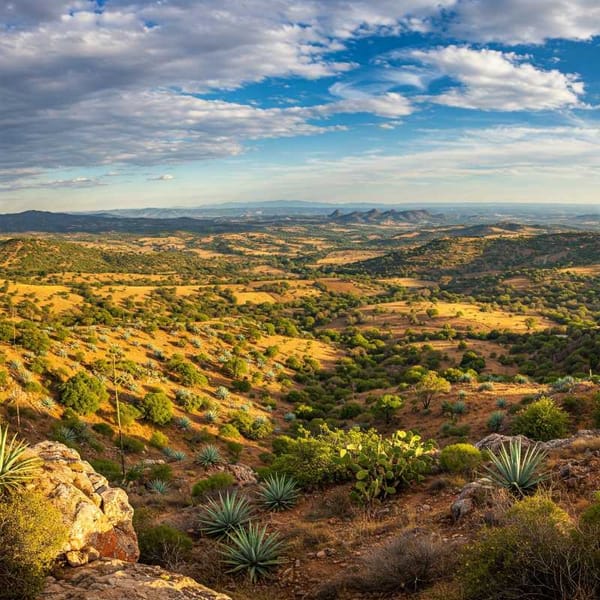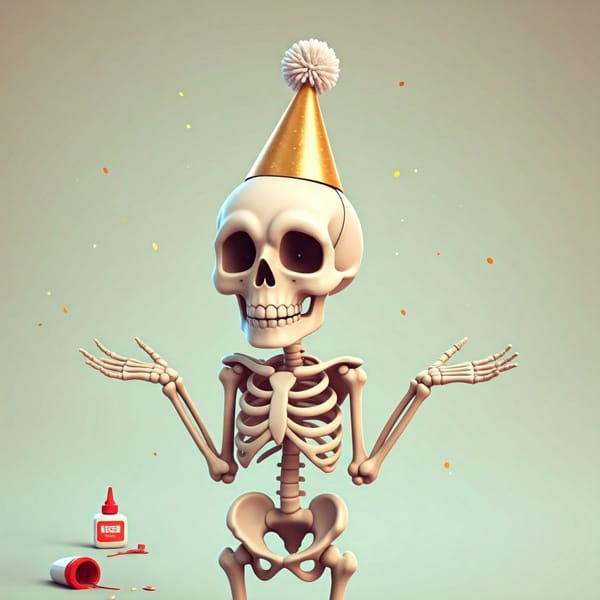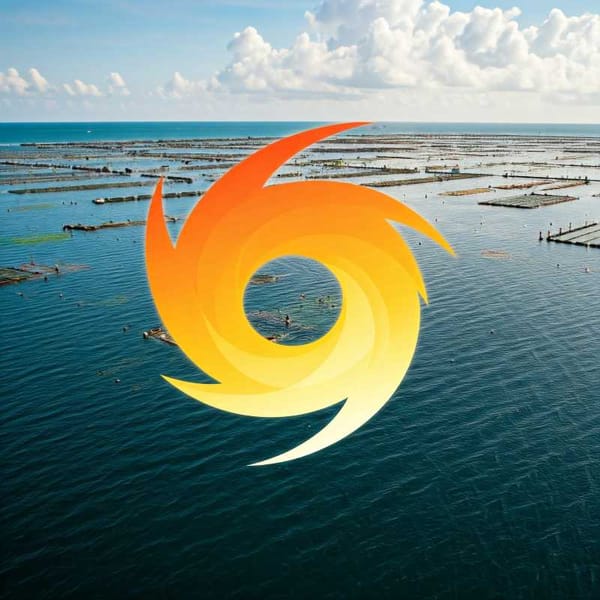Leona Vicario, Mexican Emblem of Women's Liberation
Learn more about Leona Vicario, the heroine of Mexican Independence. She was declared Meritorious and Sweetest Mother of the Nation on August 25, 1842.

Learn more about Leona Vicario, the heroine of Mexican Independence. She was declared Meritorious and Sweetest Mother of the Nation on August 25, 1842.


Mexico's 132 "magical towns" offer rich history and culture. Huasca de Ocampo, the first to be recognized, boasts unique basaltic prisms. These towns drive tourism and economic growth, notably in Hidalgo state.

Trump's proposed 25% tariffs on Mexico and Canada could devastate North American trade, potentially increasing household costs by $4,300, disrupting integrated supply chains, and threatening the USMCA's economic stability with far-reaching consequences.

The Tepexpan remains, discovered in 1947, sparked decades of debate. Initially believed to be a 10,000-year-old man, later studies suggested a 2,000-year-old woman due to contamination. Uranium dating eventually revealed the remains to be a 6,000-year-old man.

A study in Plos One reveals a 1,817-hectare mangrove loss in northwest Mexico (2015-2020). Researchers used Google Earth Engine to analyze satellite imagery, finding losses concentrated in Sinaloa due to aquaculture and Hurricane Willa, while Baja California saw minimal change.